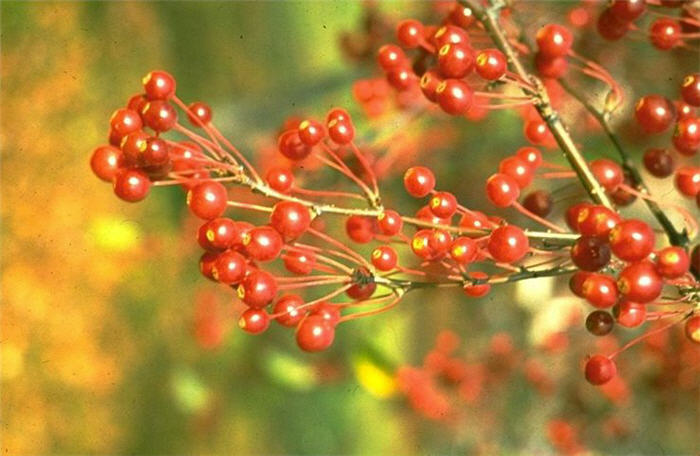| Botanical Name: Malus sargentii | |
| Common Name: Sargent Crabapple |

-
Anatomy
-
Culture
-
Design
Plant Type
Tree, Shrub
Height Range
6-12'
Flower Color
Pink, White
Flower Season
Spring
Leaf Color
Green, Dark Green
Bark Color
Brown, Grey
Fruit Color
Red
Fruit Season
Summer, Fall, Persistent
Sun
Full
Water
Medium, Extra in Summer
Growth Rate
Moderate, Slow
Soil Type
Sandy, Clay, Loam, Rocky, Unparticular
Soil Condition
Average, Rich, Poor, Well-drained, Moist
Soil pH
Neutral
Adverse Factors
Attracts Bees
Design Styles
English Cottage, Formal, Japanese, Ranch, Woodland
Accenting Features
Showy Flowers, Silhouette
Seasonal Interest
Winter, Spring, Summer, Fall
Location Uses
Entry, Perennial Border, Shrub Border, Foundation, Patio, Raised Planter, Walls / Fences
Special Uses
Cut Flowers, Hedge, Screen, Small Spaces
Attracts Wildlife
Birds
Information by: Stephanie Duer
Photographer: JJ Neilson, Linda Engstro
Photographer: JJ Neilson, Linda Engstro
-
Description
-
Notes
Sargent crabapple is technically a dwarf, deciduous tree, its diminutive size and multi-stemmed habit means it is frequently grown as a dense, spreading, horizontally-branched, multi-stemmed shrub. As a shrub, it typically grows 6 to 8 feet tall and 15 feet wide. Pink buds open to a spring bloom of fragrant, white flowers, though profuse bloom often occurs in alternate years. Flowers are followed by small, red crabapples which mature in the fall. The pea-sized fruits are sweet-flavored like rose hips, but are not usually used in cooking. Fruits are persistant and attractive to birds. Oval, lobed, dark green leaves turn yellow in autumn. The yellow fall color contrasts well with the red fruit.
Grow in loamy, well-drained soil in full sun. Adapts to a wide range of soils however. If pruning is necessary, avoid shearing, and prune selectively (see Guides) as flowers begin to fade (as with may spring bloomers, they begin to set next year's flower buds immidiately after this year's flowering). Maybe prune a little early and enjoy the lovely flowering branches inside?